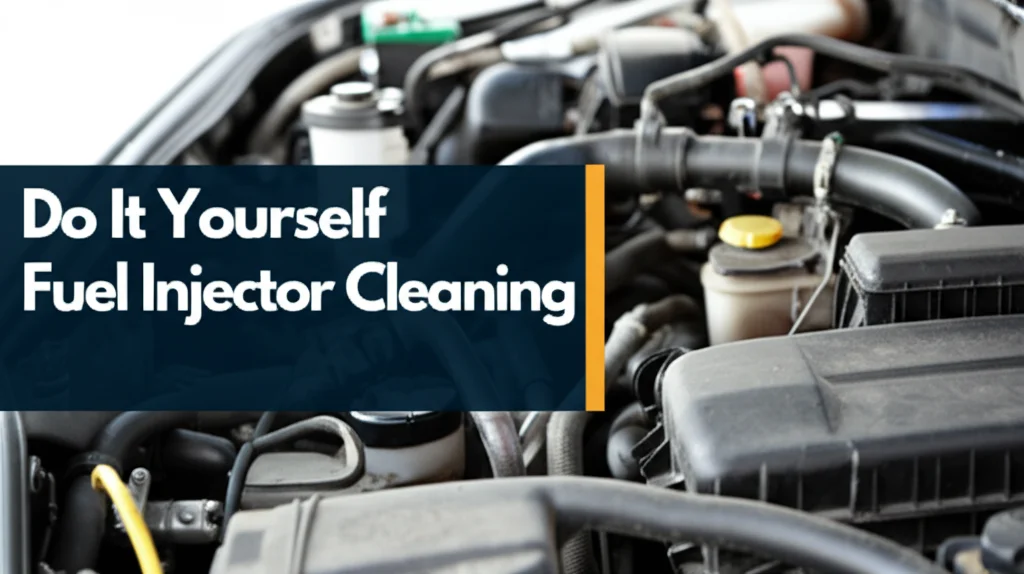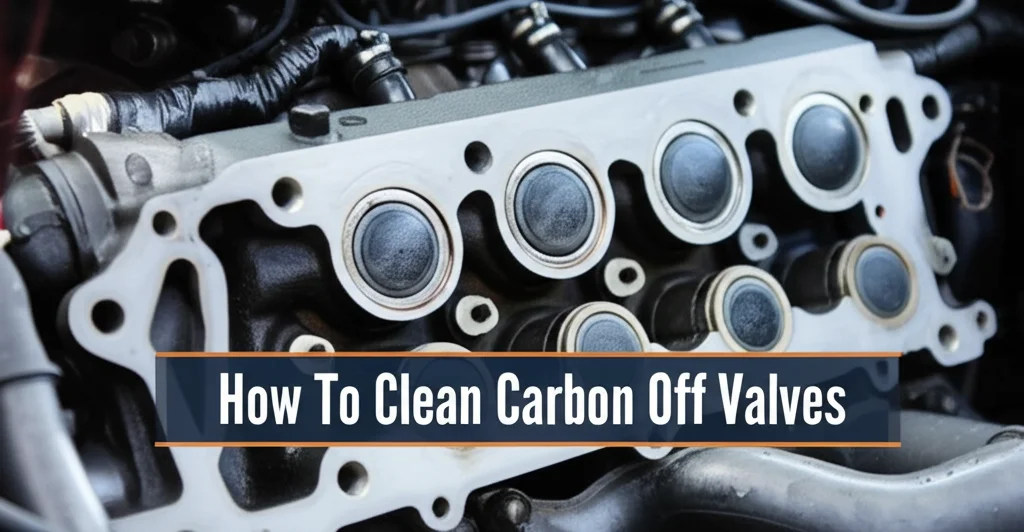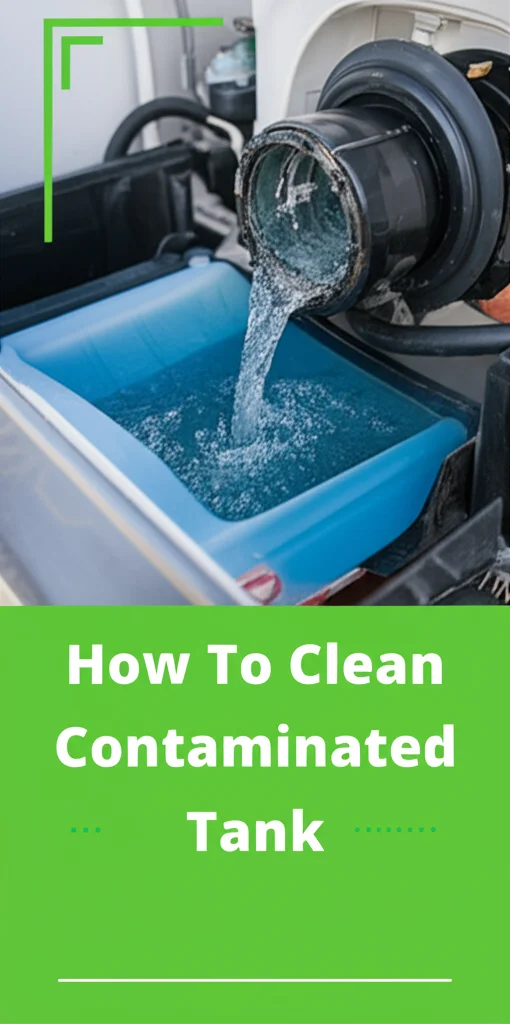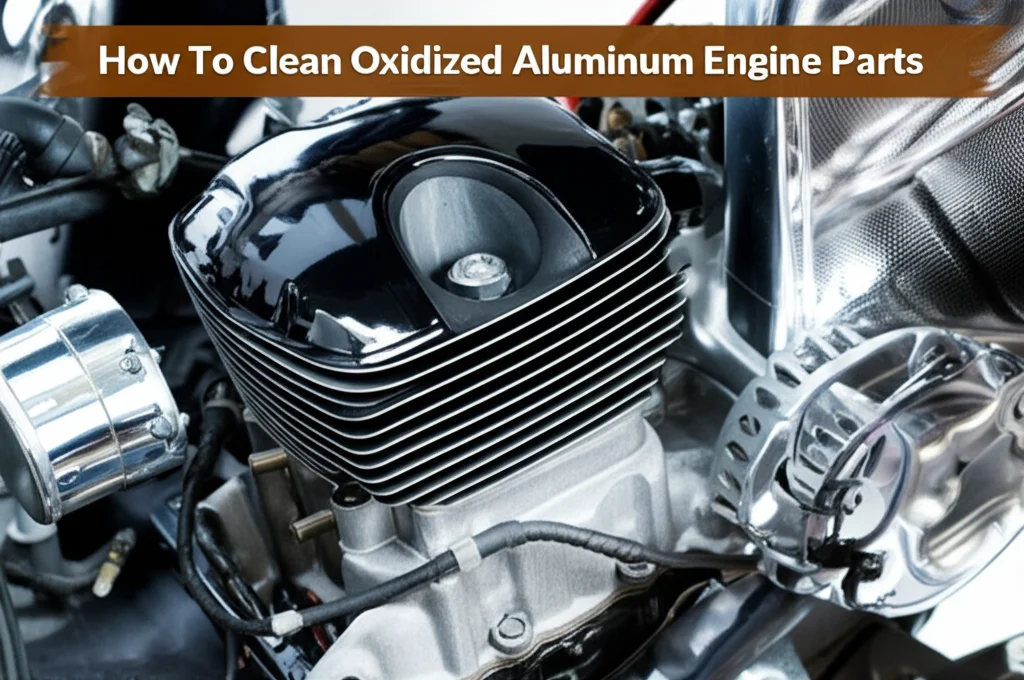· Automotive · 7 min read
Do It Yourself Fuel Injector Cleaning

Revitalize Your Ride: Do It Yourself Fuel Injector Cleaning
Is your car feeling sluggish? Are you noticing reduced gas mileage or rough idling? The culprit could be dirty fuel injectors. Fuel injectors are responsible for spraying fuel into your engine, and over time, they can become clogged with deposits, hindering performance. Fortunately, you don’t always need a mechanic! This article will guide you through a comprehensive do it yourself fuel injector cleaning process, saving you money and potentially restoring your car’s efficiency. We’ll cover everything from understanding the benefits to the tools you’ll need and step-by-step instructions. Let’s get started and breathe new life into your engine.
Takeaway:
- Regular fuel injector cleaning improves engine performance.
- DIY cleaning is cost-effective compared to professional services.
- Preventative maintenance extends the life of your fuel system.
- Using fuel injector cleaner additives can help maintain cleanliness.
Can you clean fuel injectors yourself?
Yes, you can! While professional cleaning offers a more thorough service, a DIY approach using fuel injector cleaner and, in some cases, a simple kit, can effectively remove mild to moderate deposits and improve your engine’s performance.
Why Clean Your Fuel Injectors? The Benefits Explained
Dirty fuel injectors can cause a cascade of problems. When fuel injectors are clogged, they don’t spray fuel in a fine mist. This leads to incomplete combustion, reducing power and fuel efficiency. You might experience hesitation during acceleration, rough idling, and even a failed emissions test. Cleaning your fuel injectors ensures optimal fuel delivery, leading to a smoother ride, better gas mileage, and reduced emissions.
Think of it like this: a clogged spray nozzle on a garden hose doesn’t deliver water effectively. Similarly, clogged fuel injectors don’t deliver fuel efficiently. Regular cleaning prevents these issues and keeps your engine running at its best. Beyond performance, cleaning can also extend the life of your fuel pump and other components by reducing strain on the fuel system.
Tools and Materials You’ll Need for DIY Cleaning
Before you begin, gather the necessary tools and materials. The specific items will depend on the cleaning method you choose (discussed in the next section). Here’s a general list:
- Fuel Injector Cleaner: Choose a reputable brand designed for your vehicle.
- Fuel Line Disconnect Tool: This is essential for safely disconnecting the fuel lines.
- Safety Glasses: Protect your eyes from fuel spray.
- Gloves: Protect your hands from fuel and cleaning chemicals.
- Wrench Set: For removing fuel rail and injector components.
- Screwdrivers: Various sizes for removing covers and clips.
- Multimeter (Optional): To test injector resistance.
- Cleaning Kit (Optional): If you’re doing an off-car cleaning, a kit with a power supply, cleaning fluid, and adapters is helpful.
- Catch Basin: To collect spilled fuel.
- Rags: For cleaning up spills.
Having everything prepared beforehand will make the process smoother and safer. Remember to always prioritize safety when working with fuel systems.
Two Main Methods: On-Car vs. Off-Car Cleaning
There are two primary approaches to fuel injector cleaning: on-car and off-car. Each has its pros and cons.
On-Car Fuel Injector Cleaning
This method involves adding a fuel injector cleaner directly into the fuel tank. It’s the simplest and least invasive option. The cleaner circulates through the fuel system, dissolving deposits as you drive.
- Pros: Easy, inexpensive, requires minimal tools.
- Cons: Less effective for heavily clogged injectors, relies on the engine to circulate the cleaner.
- How to: Simply pour the recommended amount of fuel injector cleaner into your gas tank when you fill up. Follow the instructions on the cleaner bottle. For best results, use a high-quality cleaner and drive the vehicle for at least a tankful to allow the cleaner to work. You can find more information on maintaining your vehicle’s interior by reading about how to clean a carpet with a wet-dry-vac.
Off-Car Fuel Injector Cleaning
This method involves removing the fuel injectors from the engine and cleaning them individually. It’s more involved but provides a more thorough cleaning. You can either use a specialized fuel injector cleaning kit or manually clean them.
- Pros: More effective for heavily clogged injectors, allows for visual inspection of injectors.
- Cons: More complex, requires more tools, potentially more time-consuming.
- How to: Disconnect the fuel lines, remove the fuel rail, and carefully remove the injectors. Connect them to a cleaning kit and run cleaning fluid through them. Alternatively, you can spray them with carburetor cleaner and use compressed air to blow out deposits. Always consult your vehicle’s repair manual for specific instructions.
Step-by-Step: Off-Car Cleaning with a Kit
Let’s dive into a detailed guide for off-car cleaning using a fuel injector cleaning kit.
- Disconnect the Battery: Safety first! Disconnect the negative terminal of your car battery.
- Locate and Disconnect Fuel Lines: Use the fuel line disconnect tool to safely disconnect the fuel lines from the fuel rail. Have a catch basin ready to collect any spilled fuel.
- Remove the Fuel Rail: Carefully remove the fuel rail, taking note of the injector positions.
- Remove the Fuel Injectors: Gently remove the fuel injectors from the fuel rail.
- Connect to Cleaning Kit: Connect the fuel injectors to the cleaning kit adapters.
- Run Cleaning Fluid: Follow the kit’s instructions to run cleaning fluid through the injectors. Typically, you’ll pulse the injectors with the cleaning fluid for a specified amount of time.
- Inspect Injectors: Visually inspect the injectors for any damage or remaining deposits.
- Reassemble: Reinstall the injectors, fuel rail, and fuel lines.
- Reconnect Battery: Reconnect the negative terminal of the battery.
- Test: Start the engine and check for any leaks or issues.
Remember to consult your vehicle’s repair manual for specific instructions and torque specifications.
Preventing Future Clogs: Maintenance Tips
Cleaning your fuel injectors is a great start, but preventing clogs is even better. Here are some tips:
- Use Quality Fuel: Avoid using low-quality gasoline, as it often contains more contaminants.
- Regularly Use Fuel Injector Cleaner: Add a fuel injector cleaner to your gas tank every few thousand miles.
- Change Your Fuel Filter: A clogged fuel filter can contribute to injector clogging. Replace it according to your vehicle’s maintenance schedule.
- Avoid Running the Tank Empty: Running your fuel tank extremely low can draw sediment from the bottom of the tank into the fuel system.
- Address Engine Issues Promptly: Any engine issues that could affect fuel delivery should be addressed promptly.
Taking these preventative measures will help keep your fuel injectors clean and your engine running smoothly. Maintaining a clean vehicle extends beyond the engine; consider how to keep your floors spotless with tips on how to clean vinyl plank flooring.
FAQ: Your Fuel Injector Cleaning Questions Answered
Q: How often should I clean my fuel injectors?
A: It depends on your driving habits and fuel quality. Generally, cleaning them every 30,000 to 50,000 miles is a good practice. If you notice performance issues sooner, consider cleaning them sooner.
Q: Can I use carburetor cleaner on fuel injectors?
A: While some people do, it’s generally not recommended. Carburetor cleaner can be harsh and may damage the delicate components of fuel injectors. Use a cleaner specifically designed for fuel injectors.
Q: What if my fuel injectors are still clogged after cleaning?
A: If cleaning doesn’t resolve the issue, the injectors may be damaged and need to be replaced.
Q: Is it safe to drive with dirty fuel injectors?
A: While it’s not immediately dangerous, driving with dirty fuel injectors can lead to reduced performance, poor fuel economy, and potential engine damage over time.
Conclusion: A Smoother Ride Awaits
Do it yourself fuel injector cleaning is a worthwhile maintenance task that can significantly improve your vehicle’s performance and fuel efficiency. Whether you choose the simple on-car method or the more thorough off-car approach, the benefits are clear. By following the steps outlined in this guide and adopting preventative maintenance practices, you can keep your fuel injectors clean, your engine running smoothly, and your wallet a little fuller. Don’t let clogged fuel injectors hold you back – take control of your car’s performance today! If you’re looking for other ways to maintain your vehicle and home, explore our resources on how to remove mold from painted walls.




